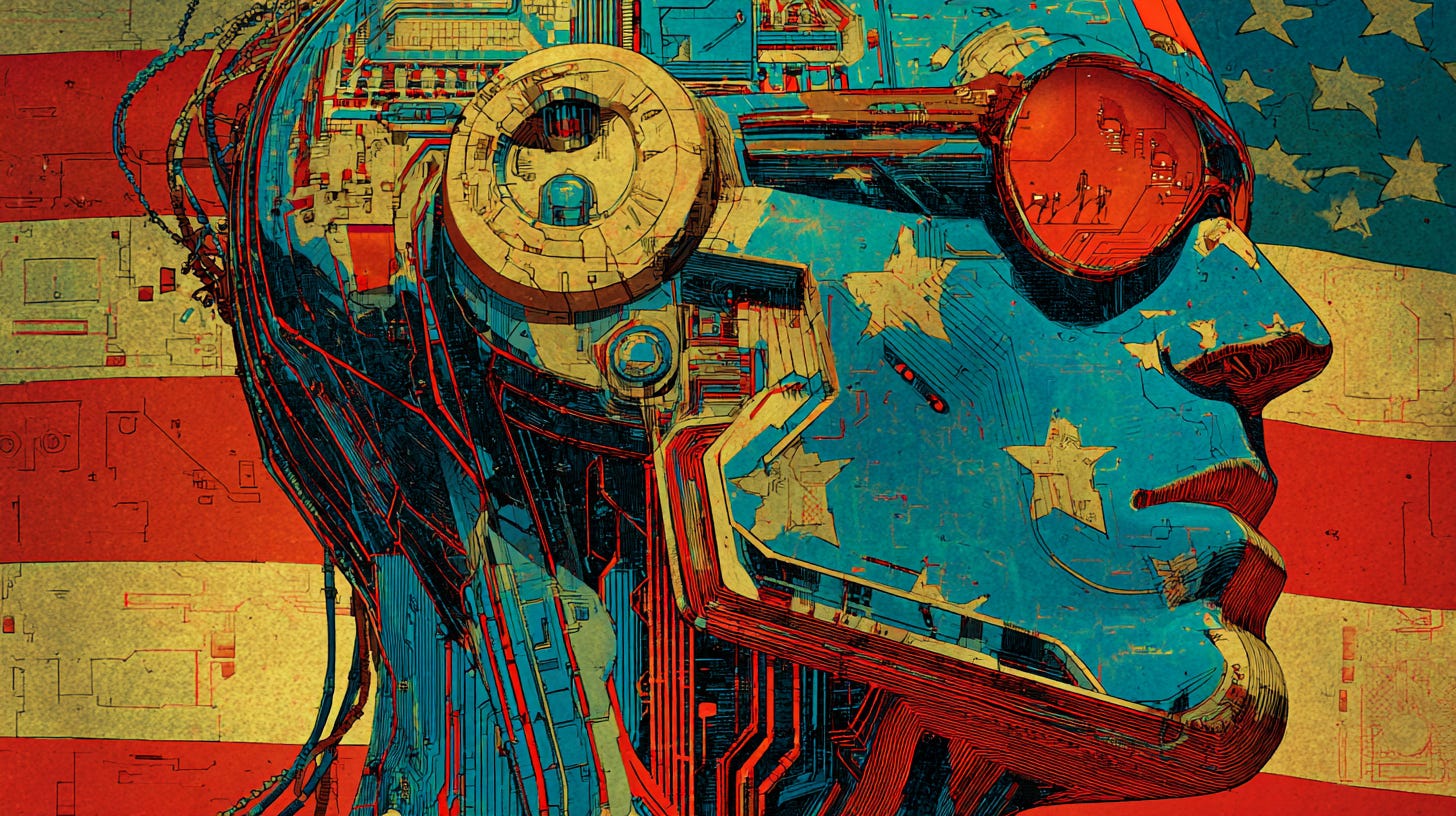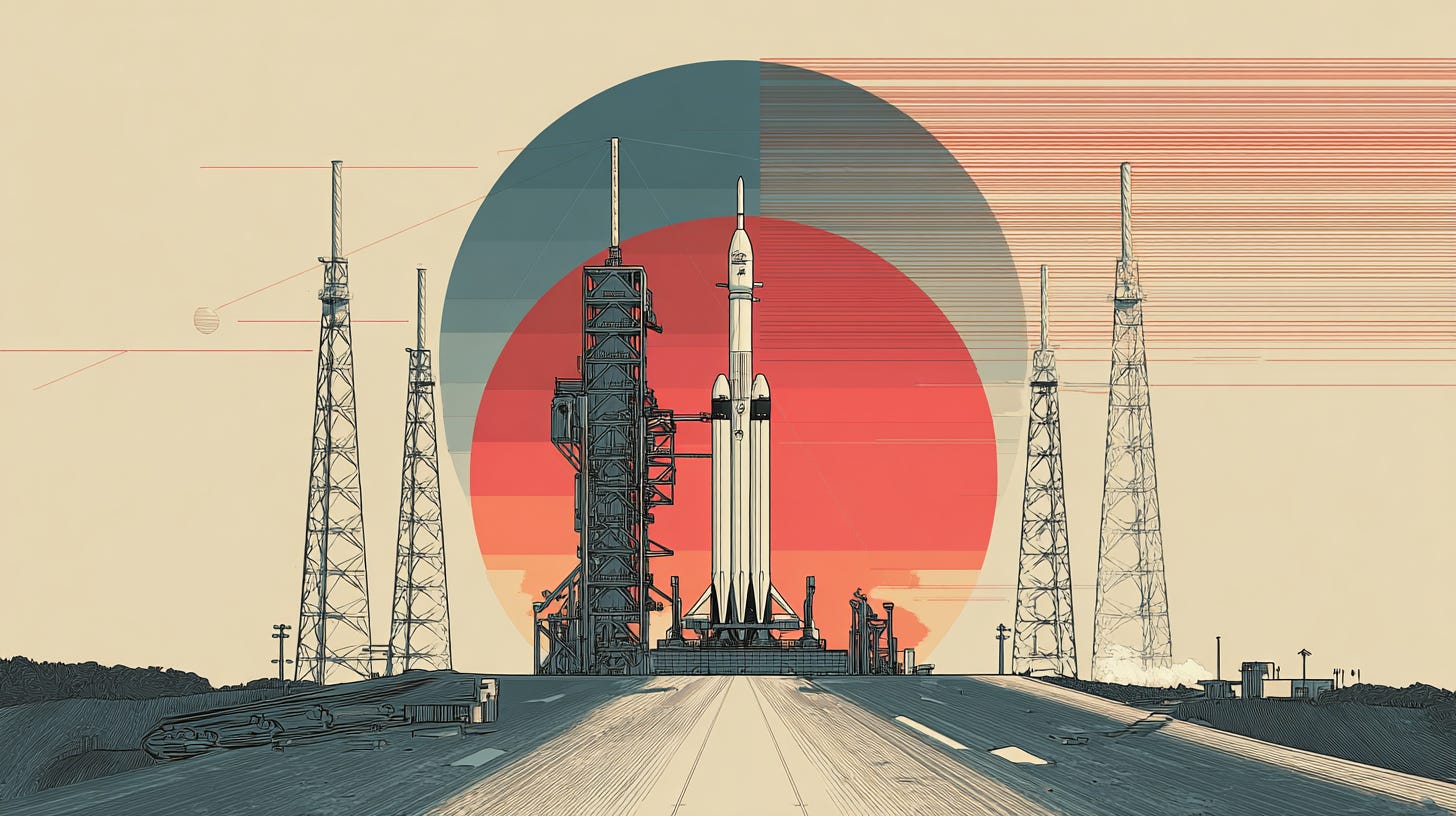🚀 FP! Week In Review, Briefly #11
Also: key Up Wing and Down Wing news from the week that was
In case you missed it ...
✨ Thinking machines won’t need us. And that’s OK (Monday)
🚀 The trillion-dollar space race: My chat (+transcript) with journalist Christian Davenport (Tuesday)
✨ 🗽 How Washington might end up ‘backstopping’ OpenAI (Thursday)
🎬 Hollywood’s doomer economy (Friday)
✨ Thinking machines won’t need us. And that’s OK (Nov. 3, 2025)
The Working World, Reimagined: If artificial general intelligence can handle every economically valuable task, the economy could grow without human effort — a civilizational break from the age-old link between labor and progress. Valid worries: widespread unemployment, vanishing income, a society without purpose.
Superintelligence, superwealth: Rendering human work unnecessary doesn’t have to spell decline. Yale economist Pascual Restrepo estimates that if computing power keeps expanding around seven percent a year, GDP could rise in step, even 10–15 percent annually if AGI speeds scientific discovery:
True, in Restrepo’s AGI world, hiring a person would make sense only when it saves on compute or satisfies human preference. Wages wouldn’t vanish, but they’d be pegged to the cost of replicating human skills with AI. As such labor’s share of income might radically shrink, but absolute incomes could keep rising. A smaller slice of a much bigger pie.
Techno-Renaissance: Rather than dystopian collapse, Restrepo envisions abundance: humans freed to work for meaning, art, and connection.
Up Wing Upshot: Restrepo urges policies that treat computing infrastructure as a shared resource, the fruits of which should be distributed. Policy should ensure that AI’s vast dividends reach and uplift everyone, not just machine owners.
🚀 The trillion-dollar space race: My chat (+transcript) with journalist Christian Davenport (Nov. 4, 2025)
The Thrust: In our interview, Christian Davenport, Washington Post reporter an author of Rocket Dreams: Musk, Bezos, and the Inside Story of the New, Trillion-Dollar Space Race, outlined the state of the current space race, both between the China and the US, as well as among US commercial space firms. China’s disciplined, well-funded space program could land astronauts on the moon by 2030 — likely before the US returns. The outcome would reshape global perceptions of technological leadership and space power.
By the Light of a Chinese Moon: China has already operated a Mars rover, returned lunar samples, and maintained a space station. Betting markets give it roughly a 65 percent chance of reaching the lunar surface before the US. NASA, meanwhile, faces budget cuts, leadership churn, and an Artemis program slowed by an unfinished lander and aging rockets.
Key Space Players: Much of America’s lunar momentum now depends on private competitors. SpaceX’s reusable rockets make it NASA’s strongest asset, while Blue Origin catches up: “It used to be if you got 10, 12 orbital rocket launches in a year, that was a good year. SpaceX is launching about every 48 hours now. It’s unprecedented what they’ve done.” Meanwhile, smaller players like Stoke Space, Rocket Lab, and Axiom are arriving on the scene.
Up Wing Upshot: Davenport points to different strengths in competition: China’s state power versus America’s private ingenuity. The outcome will reveal whether the future of exploration belongs to government ambition or entrepreneurial drive — and whether NASA can still inspire both.
✨ 🗽 How Washington might end up ‘backstopping’ OpenAI (Nov. 6, 2025)
Keep reading with a 7-day free trial
Subscribe to Faster, Please! to keep reading this post and get 7 days of free access to the full post archives.




